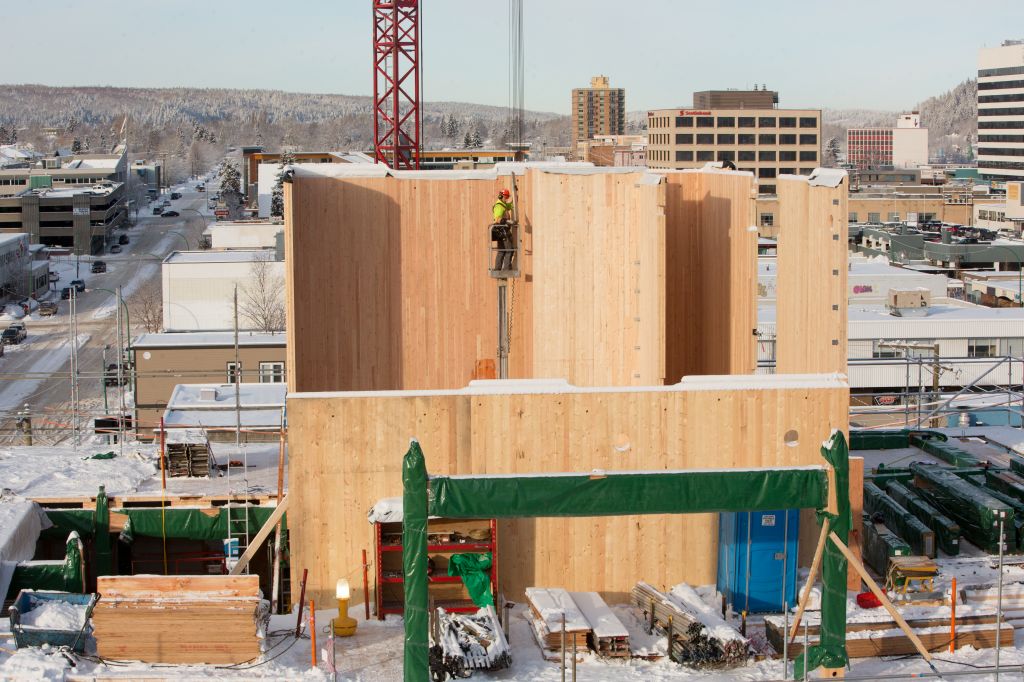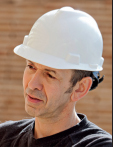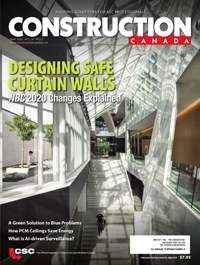Constructing an All-wood Building: The Wood Innovation and Design Centre
The building envelope
Wood also plays an important role in the building envelope. The building’s form is simple and restrained, allowing the beauty of wood to shine through. The building envelope design is a metaphor for bark peeling away from the trunk—‘bark’ on the north side, thick and protective from the cold and elements, thins toward the south sunlight.

The exterior is more opaque to the north and becomes increasingly transparent as one circles the building to the south. This optimizes sun exposure and insulation, tuning the building’s energy performance to the orientation and northern climate. The non-glazed walls are wrapped with high-efficiency structural insulated panels; a sandwich of oriented strandboard enveloping a foam core.
Most of the cladding will be made up of charred cedar siding. Charring wood is a traditional construction practice, employed for centuries in Finland, Japan, and Switzerland. In addition to enhanced pest control and durability, it provides an alternate contemporary palette for wood cladding. The WIDC will be the first significant demonstration of this system for a commercial building in North America.
Even the triple-glazed curtain wall will be a showcase for wood. High-strength LVL elements will be used for all window mullions instead of conventional aluminum mullions—a unique and innovative use of wood unprecedented at this scale.
The finishing touches
As an iconic six-storey wood structure, the WIDC will build on British Columbia’s expertise and global reputation as an innovative leader in wood construction, engineered wood products, and design. It will be a meeting place for researchers, design professionals, product manufacturers, contractors, and others to generate ideas for innovative uses of wood.
Approaching the main entrance visitors will encounter the impressive canopy, supported by yellow cedar posts, that wraps completely around the George Street and Fifth Avenue façades. The canopy and the feature staircase in the double-height foyer were both fabricated from LVL mass timber panels manufactured in Brisco, B.C. Even the interior blinds that control summer heat gain, and the exterior solar-shades on the main level will be wood, as will the mouldings, trim, and cabinetry. In essence, the Wood Innovation and Design Centre will be as close to an all-wood building as possible, the majority of which will be left exposed for the occupants to enjoy.
Notes
1 To view live webcams at the WIDC site visit www.unbc.ca/engineering. (back to top)
2 See the January 2012 report, “Wood and Human health,” by David Fell, commissioned by FPInnovations. Visit www.solutionsforwood.com/_docs/reports/Wood_Human_Health_final-single.pdf. (back to top)
3 For more on the Earth Science Building, read the article “Building the Earth Sciences Building at the University of British Columbia,” by Eric Karsh, M.Eng., P.Eng., Struct.Eng, MIStructE, Ing., in the issue of Construction Canada. (back to top)
 Werner Hofstätter is the new products and markets advisor for the Canadian Wood Council’s (CWC)Wood WORKS! B.C. program, and a frequent author on the topic of contemporary tall wood buildings. He can be reached at wernerhofstatter@shaw.ca.
Werner Hofstätter is the new products and markets advisor for the Canadian Wood Council’s (CWC)Wood WORKS! B.C. program, and a frequent author on the topic of contemporary tall wood buildings. He can be reached at wernerhofstatter@shaw.ca.







